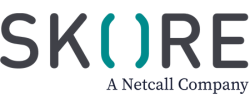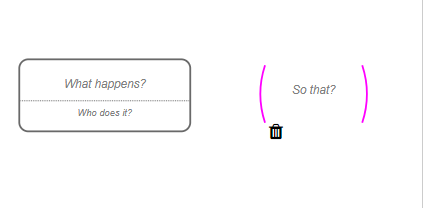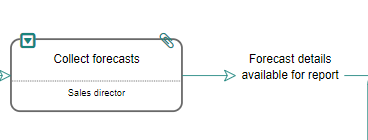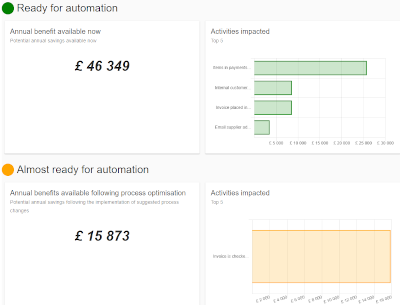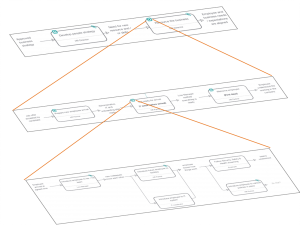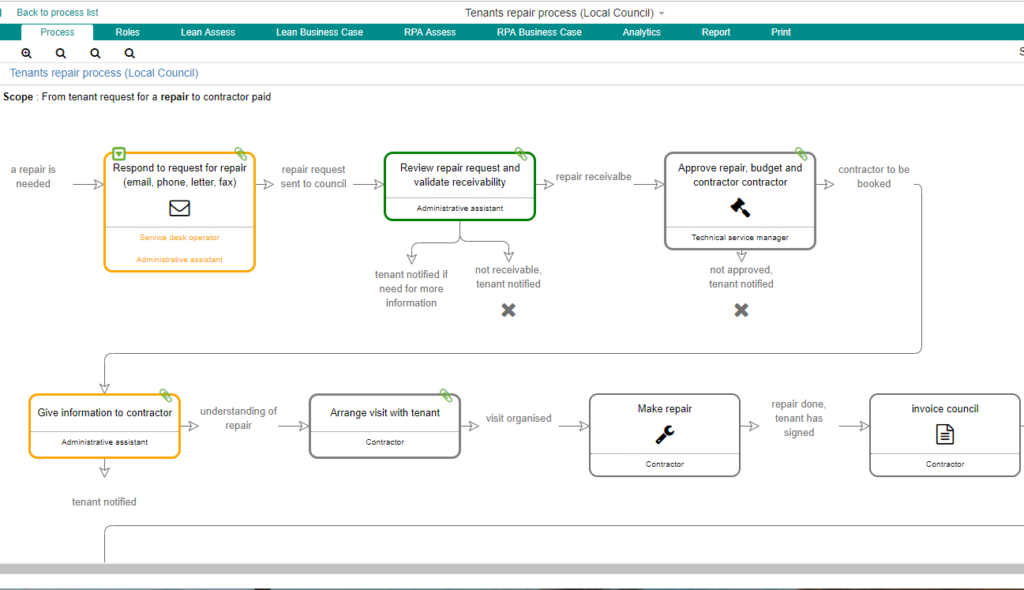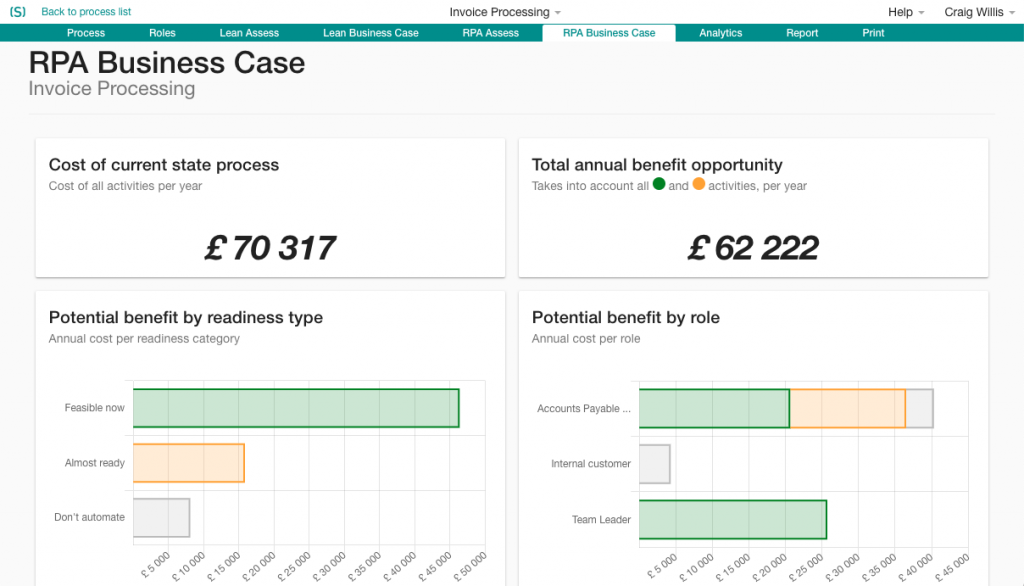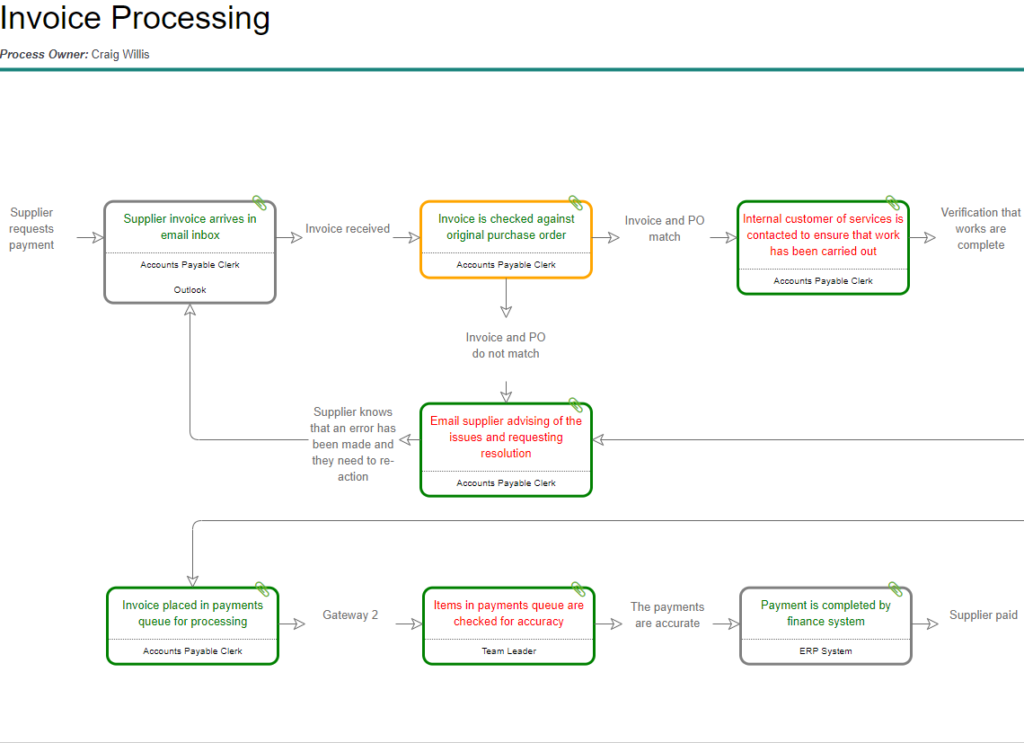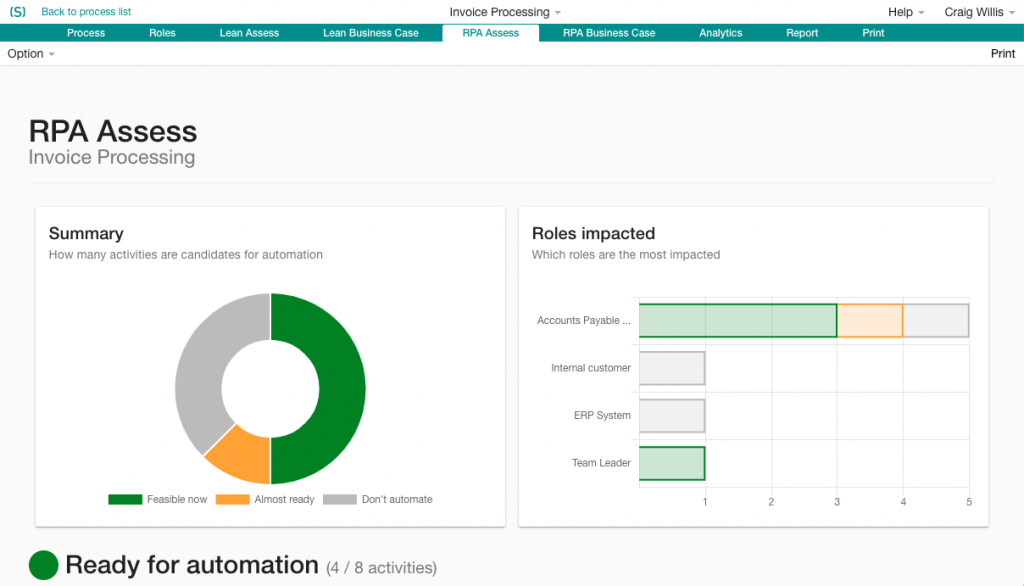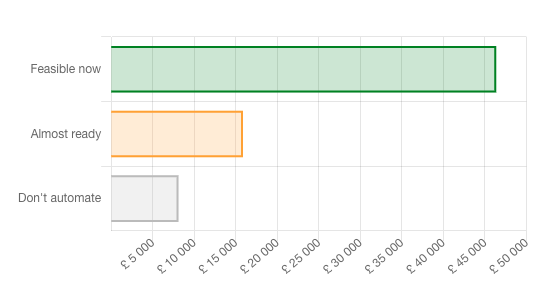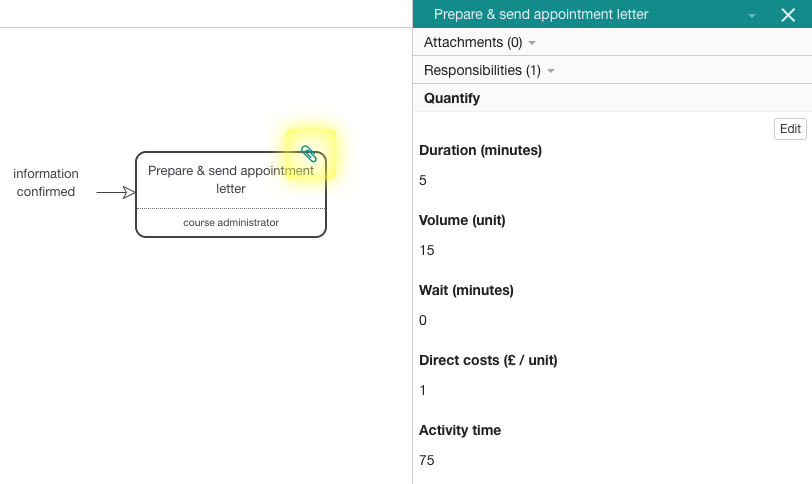What is RACI?
Heard the acronym but still unsure as to what is RACI? Read Skore’s guide to the RACI responsibility matrix and what it should be used for.
How to use a RACI Matrix
In this article we will outline exactly what is a RACI matrix and how to use it.
Let’s start at the beginning:
RACI is an abbreviation of a style of matrix used to define who is responsible for what in an organisation. It allows people to attribute steps of a process (for example) to a certain job role. More than that though, it also allows you to define exactly what that job role participation should be. To make it even clearer we should explain what the letters R.A.C.I stand for:
- Responsible – the person responsible for doing the work – they must complete the work or task
- Accountable – this person is ultimately responsible for making sure the work is delivered but won’t be involved in the actual task itself.
- Consulted – A person that needs to be spoken to and potentially provides information regarding the work you are doing. They are not required to deliver the work.
- Informed – A person that needs to know about and kept up to date with the work. They will be affected by the result of the work achieved.
Need to learn more about Process Mapping? Read our guide here
When do we use RACI?
RACI can be used for a number of reasons. Here is a list of the most popular:
- Change Management Programmes – before implementing any change you need to understand who is responsible for what and who will be affected by your initiatives. This is especially relevant if those who are responsible or accountable will be changing roles.
- Re-organisations or restructures – use RACI to comprehend the processes in your organisation and the people touched by them . To understand the roles required for the future to inform training and recruitment.
- Project Management – Assigning responsibilities for key steps in the project plan
- Audit – Provides clarity of roles and responsibilities – this is important to demonstrate compliance. A company with a clear RACI matrix will be able to ensure the right roles are performing the work in line with regulations.
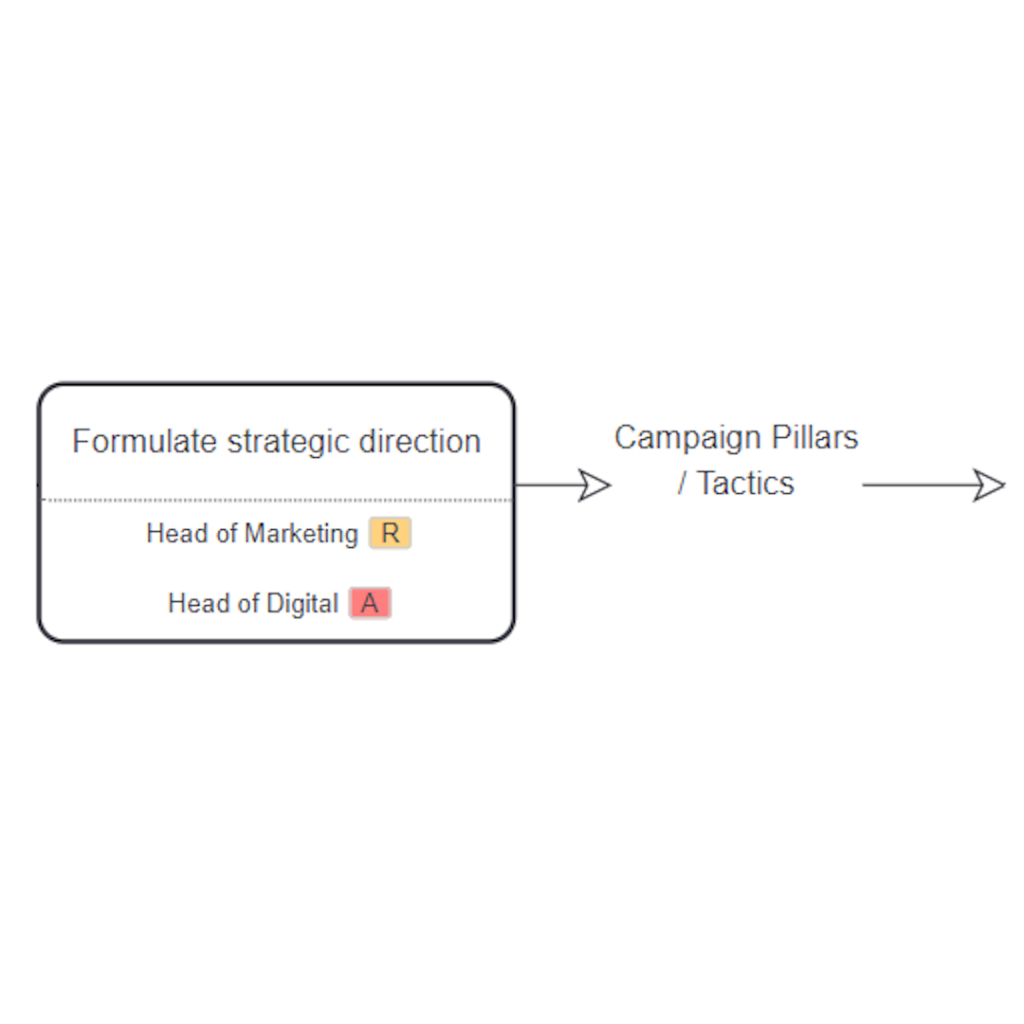
Using RACI effectively means that you are able to:
Become aware of everyone involved in a project or process
If you’ve done your job right you should have a list of all the people or the roles (e.g. Sales Manager) involved and their responsibilities. You know who should be doing what. In fact everyone should know who is doing what and RACI can encourage greater collaboration between teams.
Provide analysis
If you take the next step and invest in good software or a template you should be able to produce some really insightful data and analysis about your organisation, how it works, duplications, handovers between role and the seniority level required when recruiting for a role.
Allows you to communicate effectively
You can see exactly who needs to know what and that is vital to any project success
Enables you to understand the workload across members of the team.
You will be able to see who has too much to do and whether those tasks can be assigned to other people with a lighter action list.
Continuous improvement
Generally speaking RACI helps teams to avoid reinventing the wheel and generates a starting point when teams are beginning a new project. A clear RACI matrix cuts out the time needed to define who does what and key contacts – something that often takes time and effort at the beginning of every new piece of work.
Job Descriptions
Using RACI means you are automatically creating job descriptions for each role involved. If this is done right you have an instant picture of who does what and an immediate brief to help you recruit the right people for the role.
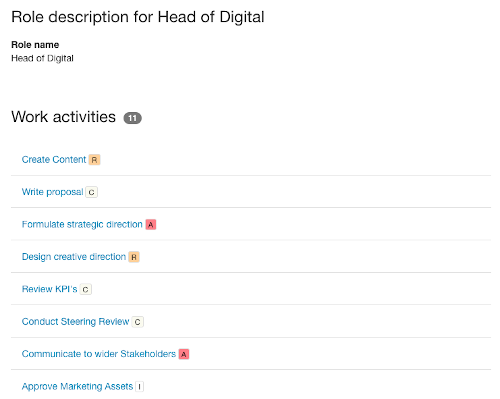
RACI however can actually lead to further confusion if its not used correctly or people are unclear about the terminology. There is often a lack of clarity around the difference between Responsible and Accountable. If you don’t get the difference, go back and get your head around it because its key.
There can be a tendency to over engineer with RACI – its vital to keep everything as simple as possible.
Have you thought about using another style of Responsibility Matrix – try our blog article – forget RACI analysis, RATSI makes it clearer!
Version control
Like any documentation you make – its an instant snapshot of your organisation and will be probably be out of date in a short time. Make sure you manage who controls the RACI matrix and updates it. Alternatively get a piece of software like Skore thats instantly updated and shared to all relevant parties.
Over engineering
Teams have a tendency to add everyone they can think of on the RACI which can become counter productive. You only need to flag core roles or its going to become confusing and complicated.
Strategy alignment
Make sure your RACI is linked to your organisation’s capability matrix and development plan.
Find out how Skore can help you map a RACI matrix (or any type of Responsibility Matrix) in your organisation effortlessly.
